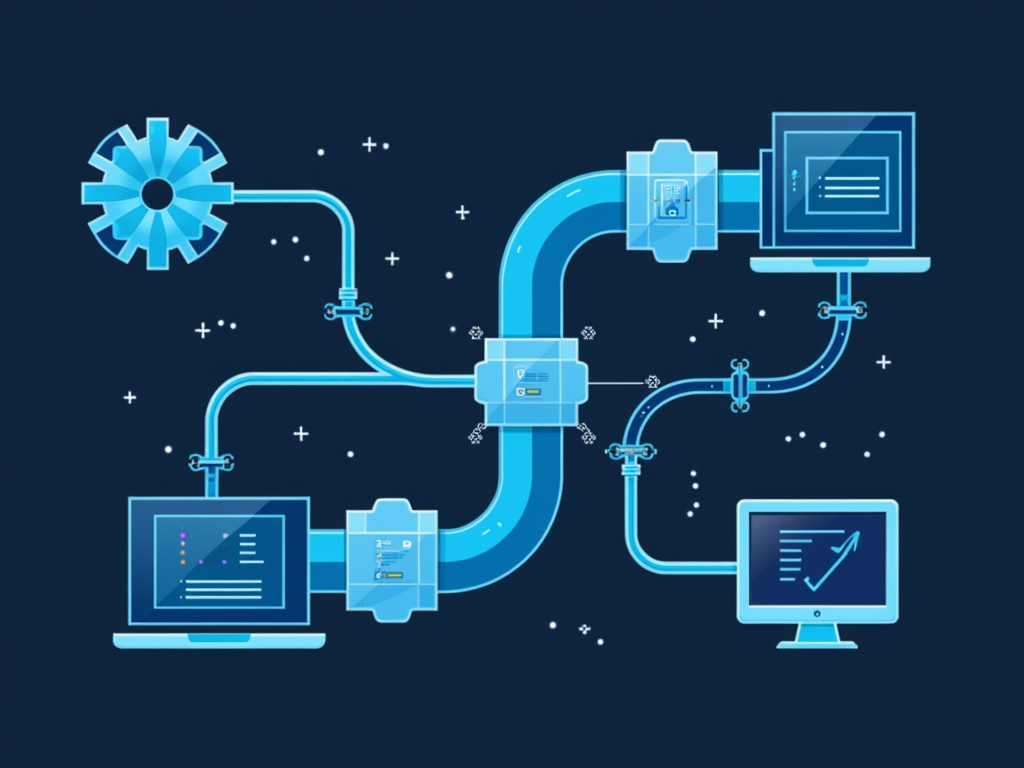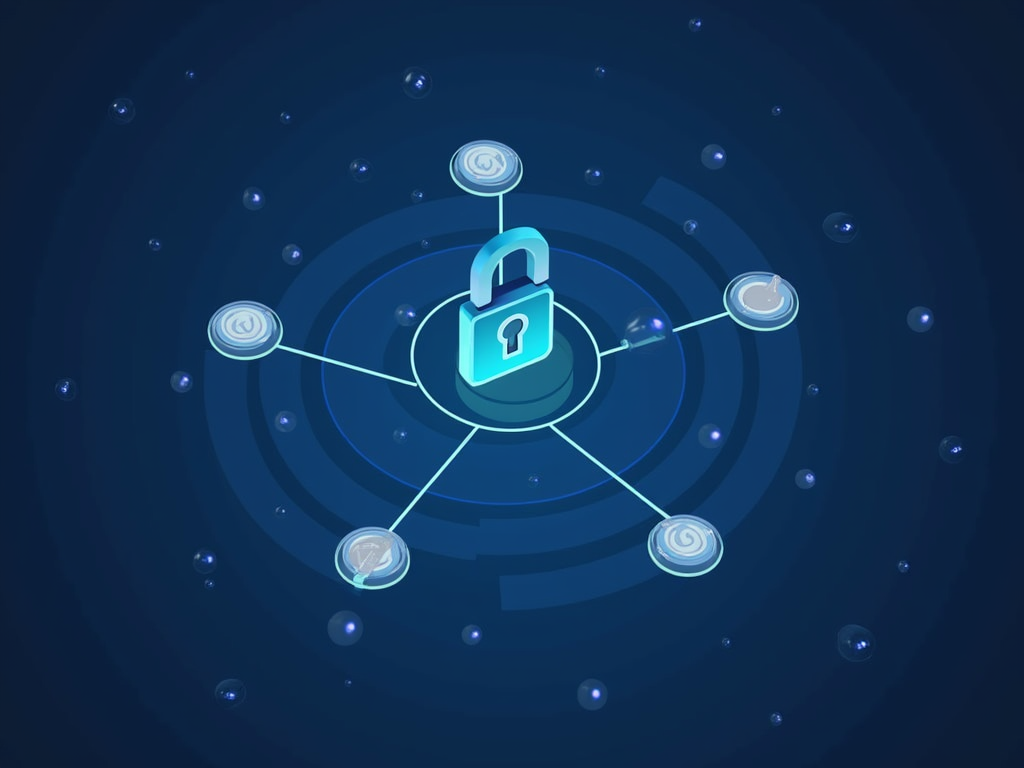Implementing Secure SDLC Pipelines in DevOps Environments
In today’s fast-paced software development landscape, the importance of implementing secure Software Development Life Cycle (SDLC) pipelines cannot be overstated. As organizations adopt DevOps practices to accelerate delivery and improve quality, security must be integrated into every stage of the process to ensure the reliability and integrity of their applications.
What is a Secure SDLC Pipeline?
A secure SDLC pipeline is an automated workflow that integrates multiple stages of software development, testing, deployment, and monitoring, with a focus on ensuring the security and compliance of the application throughout its lifecycle. This pipeline includes practices such as:
- Code reviews for security and best practices
- Automated testing for vulnerabilities and compliance
- Continuous Integration (CI) and Continuous Deployment (CD) to ensure consistency and reliability
- Monitoring and logging for incident response and auditing
Benefits of Implementing Secure SDLC Pipelines
Implementing secure SDLC pipelines offers numerous benefits, including:
- Reduced Risk: Automated security testing and compliance checks reduce the likelihood of vulnerabilities and non-compliance in the application.
- Improved Efficiency: By automating repetitive tasks and integrating multiple stages, teams can focus on higher-value activities, such as development and innovation.
- Enhanced Collaboration: Secure SDLC pipelines foster a culture of transparency and cooperation among developers, QA, and security teams.
- Compliance: By integrating security controls into the pipeline, organizations can demonstrate compliance with industry regulations and standards.
Challenges in Implementing Secure SDLC Pipelines
While implementing secure SDLC pipelines offers many benefits, there are also several challenges to consider:
- Initial Investment: Setting up a secure SDLC pipeline requires significant upfront investment in infrastructure, tools, and training.
- Cultural Shift: Integrating security into the development process requires a cultural shift towards collaboration and transparency among teams.
- Complexity: Secure SDLC pipelines involve multiple stages, tools, and processes, which can be complex to manage and maintain.
Best Practices for Implementing Secure SDLC Pipelines
To overcome these challenges, organizations should follow best practices when implementing secure SDLC pipelines:
- Start Small: Begin with a single application or team and gradually roll out the pipeline across the organization.
- Choose the Right Tools: Select tools that integrate well with your existing technology stack and are easy to use for your teams.
- Establish Clear Roles and Responsibilities: Define roles and responsibilities among developers, QA, security, and operations teams to ensure accountability and collaboration.
- Monitor and Log: Implement monitoring and logging to track pipeline performance, identify bottlenecks, and respond to incidents.
Tools and Technologies for Secure SDLC Pipelines
Several tools and technologies can be used to implement secure SDLC pipelines:
- CI/CD Tools: Jenkins, GitLab CI/CD, CircleCI, and Travis CI offer automation and integration capabilities.
- Security Scanners: OWASP ZAP, Burp Suite, and Veracode provide automated security testing and vulnerability scanning.
- Compliance Frameworks: NIST Cybersecurity Framework, ISO 27001, and HIPAA offer guidelines for compliance and risk management.
Conclusion
Implementing secure SDLC pipelines is a crucial step towards ensuring the reliability, integrity, and compliance of applications in DevOps environments. By understanding the benefits, challenges, and best practices, organizations can overcome obstacles and achieve a seamless integration of security into their development process. By choosing the right tools and technologies, teams can automate repetitive tasks, reduce risk, and improve efficiency.
References
- [1] OWASP Secure SDLC Pipeline
- [2] NIST Cybersecurity Framework
- [3] ISO 27001:2013 – Information Security Management Systems
Hope this helps! Let me know if you have any questions or need further clarification.



